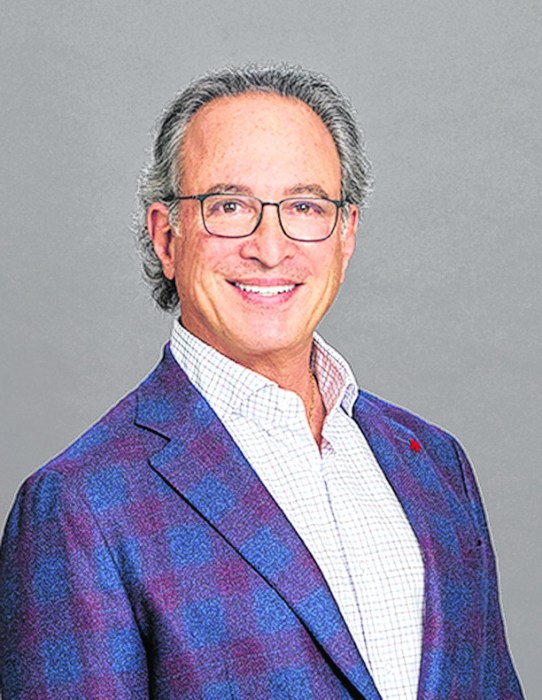There is more to “NICE Bus Routes Spared in Budget Process” by Joseph Catrone in the Dec. 14 issue. It is a four-way dance between fares paid by riders (know as farebox revenues) along with funding provided by Nassau County, New York State and the Federal government in financing public bus transportation operated by NICE. They operate a fleet of 308 buses out of the Rockville Center and Mitchell Field bus garages. NICE also operates a fleet of almost 122 Able Ride paratransit vehicles out of the Stewart Avenue facility. All three facilities were constructed by federal capital grants with local matching funds provided by Nassau County and the New York State Department of Transportation. It was the same funding sources for both construction of the Hempstead Multi-Modal Bus Terminal and Mineola Intermodal Bus Terminal/Commuter Parking Garage. All five of these initial investments combined cost almost $100 million. In today’s dollars, it would be far higher.
Over time, there have been other capital investments, including routine bus and paratransit vehicle purchases, compressed natural gas (CNG) fueling stations, facility modifications to accommodate CNG buses inside garages, new fare collection equipment, automatic vehicle locator equipment, real time communications systems to notify riders of anticipated arrival of the next bus, shelters, bus stop signs and other support equipment necessary to run the system. Just like a homeowner, what is new today requires constant maintenance, periodic upgrades and eventual replacement years later. Capital physical assets of any bus system (including revenue vehicles along with bus facility components such as HVAC, bus washers, paint booths, engine shops, bays, pits, lifts, doors, fueling stations, lighting, security systems and many others) eventually reach the end of their useful life based upon straight-line depreciation and/or manufactures’ warranty. Significant changes in technology may also require replacement of outdated equipment.
Farebox recovery rate analysis is critical in determining the frequency and continuation of service on a route-by-route basis. Fifty percent is a good transit industry standard. Some routes are higher and others lower. There are bound to be routes with a handful of riders and a very low farebox recovery rate. In these cases, difficult decisions have to be made by management for preservation of the overall system, benefiting the other 99 percent of daily riders. It is easy over time to add service, providing the financial support is available.
The riding public has a difficult time understanding why their route is subject to reduction in the frequency or elimination of all service because it has become a significant financial drain on the transit system. The costs of labor for drivers including salary, fringe and benefits, along with fueling, washing, cleaning and maintenance of equipment are major factors in determining the price of service. You also have to add depreciation over time for the life of the bus. The average cost of providing service on any bus route averages $150 or more per hour.
It has been 53 years since Nassau County took control of all bus routes from private operators. Over that time period, Nassau County, New York State and the federal governments have combined invested more than $700 million in capital improvements. Operating subsidy dollars easily top more than $1.5 billion.
NICE services continue to be one of the best bargains around. Since the 1950s, the average cost of riding a bus in Nassau County has gone up at a lower rate than either the consumer price index or inflation. The MetroCard introduced in 1996 affords a free transfer between NICE bus and the NYC Transit bus or subway. Prior to this, riders had to pay two full fares. Purchasing either a weekly or monthly pass further reduces the cost per ride. Many employers offer transit checks, which pay even more of the costs.
In the end, it all comes down to the availability of increased funding for additional transportation services to serve residents. Operating subsidies are required to increase the level of service and reduce the amount of time one waits for a bus on existing routes. Same for adding more off-peak, evening and weekend service. This also holds true for those routes periodically under discussion for elimination when there are insufficient revenues to maintain existing service.
TANSTAFL. There ain’t no such thing as a free lunch—or in this case, bus ride.
—Larry Penner
Larry Penner is a transportation historian and advocate who worked in the transportation field for 31 years for the U.S. Department of Transportation Federal Transit Administration Region 2 NY office.




























